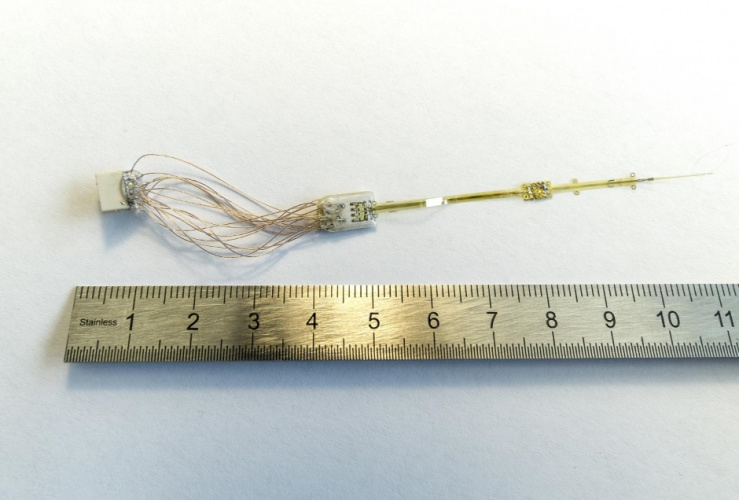
The advance from Switzerland’s EPFL and Scuola Superiore Sant'Anna in Italy has been tested successfully on rabbits and is reported in Nature Biomedical Engineering.
"We believe that intraneural stimulation can be a valuable solution for several neuroprosthetic devices for sensory and motor function restoration. The translational potentials of this approach are indeed extremely promising", said Silvestro Micera, EPFL's Bertarelli Foundation Chair in Translational Neuroengineering, and Professor of Bioelectronics at Scuola Superiore Sant'Anna.
According to EPFL, the aim of the technology is to produce phosphenes, which is the sensation of seeing light in the form of white patterns without seeing light directly. Current technologies for helping the blind include prosthetic retinal implants, or brain implants that stimulate the visual cortex. The former excludes a number of potential recipients for clinical reasons, while the latter carries risks. The new intraneural solution is claimed to minimise exclusion criteria since the optic nerve and the pathway to the brain are often intact.
Previous attempts to stimulate the optic nerve provided inconclusive results. In a statement, EPFL's Medtronic Chair in Neuroengineering Diego Ghezzi said: "Back then, they used cuff nerve electrodes. The problem is that these electrodes are rigid and they move around, so the electrical stimulation of the nerve fibres becomes unstable.
“The patients had a difficult time interpreting the stimulation, because they kept on seeing something different. Moreover, they probably have limited selectivity because they recruited superficial fibres."
Intraneural electrodes could provide rich visual information as they are also stable and less likely to move around once implanted, according to the scientists. Cuff electrodes are surgically placed around the nerve, whereas intraneural electrodes pierce through the nerve.
OpticSELINE is an array of 12 electrodes. In order to understand how effective these electrodes are at stimulating the various nerve fibres within the optic nerve, the scientists delivered electric current to the optic nerve via the device and measured the brain's activity in the visual cortex.
They developed an algorithm to decode the cortical signals and showed that each stimulating electrode induces a specific and unique pattern of cortical activation, suggesting that intraneural stimulation of the optic nerve is selective and informative.
"For now, we know that intraneural stimulation has the potential to provide informative visual patterns,” Ghezzi said. “It will take feedback from patients in future clinical trials in order to fine-tune those patterns. From a purely technological perspective, we could do clinical trials tomorrow."
With current electrode technology, a human OpticSELINE could consist of up to 48-60 electrodes. This limited number of electrodes is not sufficient to restore sight entirely, but these limited visual signals could be engineered to provide a visual aid for daily living.




Poll: Should the UK’s railways be renationalised?
Rail passenger numbers declined from 1.27 million in 1946 to 735,000 in 1994 a fall of 42% over 49 years. In 2019 the last pre-Covid year the number...